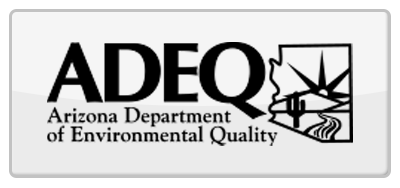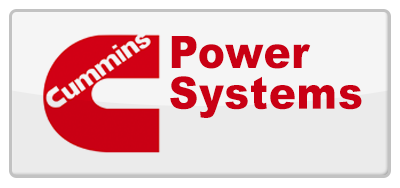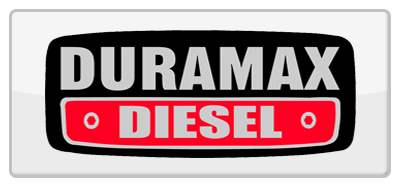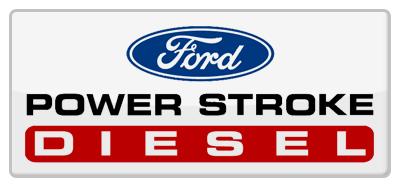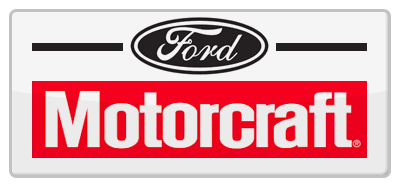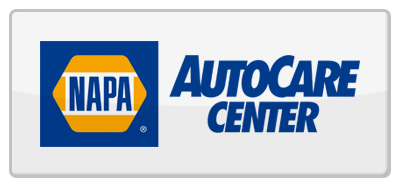Why the air pressure in your tires drop when it’s cold outside
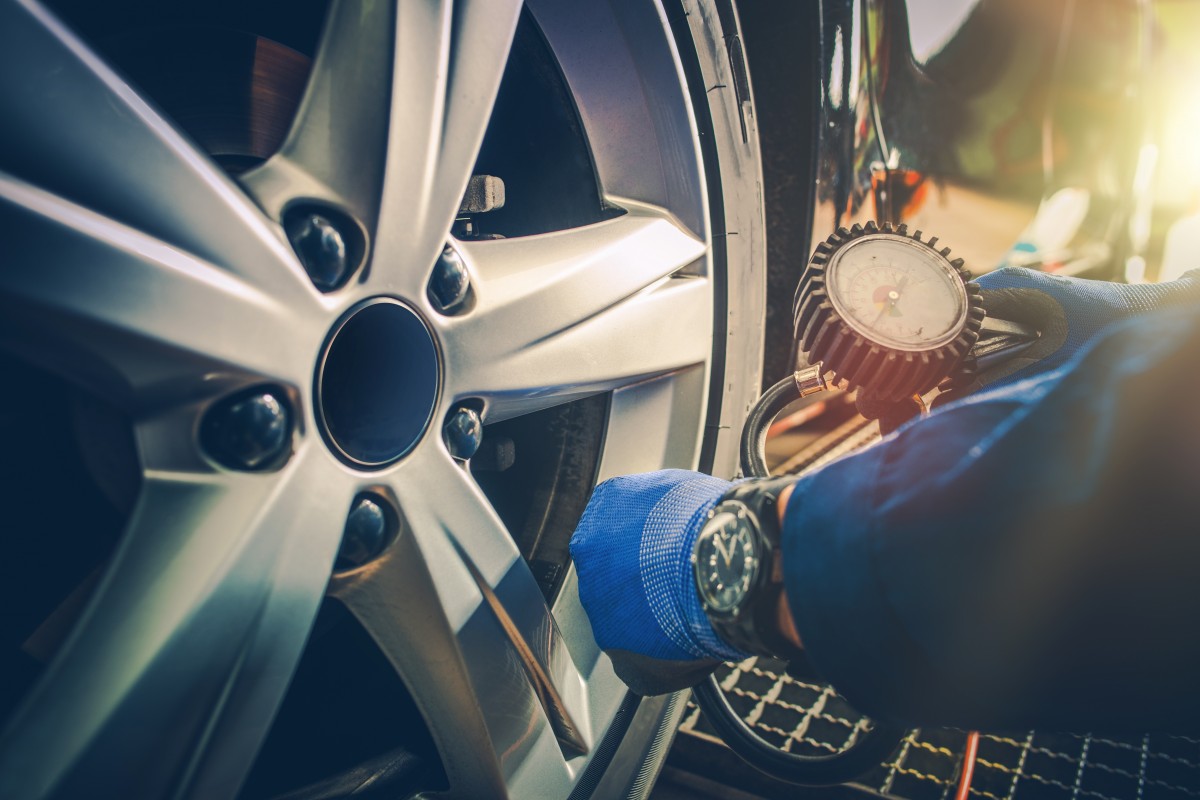
When temperatures start to fall, so does your tire pressure. According to Goodyear, every ten degrees the outside temperature drops will cause 1-2 pounds of pressure loss in your tire. Mercie J Auto Care in Mesa, AZ is here to tell you why that happens, why you should care, and what you should do about it.
Why it happens
It’s all about atmospheric conditions. As temperatures fall, air becomes more dense - most people will say that that the air in your tire “shrinks” as a result, which is somewhat accurate. But there’s actually more at play. The increase in air density outside actually causes an increase in barometric pressure, creating a pressure difference inside and outside your tire that causes tire pressure to drop. While the cooler air in your tire contributes to the decrease in pressure, the cooler air outside is more at fault. You may have witnessed the experiment in which a fully inflated balloon is taken several feet underwater, and suddenly the balloon is underinflated. When the balloon is returned to the surface, it becomes normal again, and if you let the balloon float high enough into the atmosphere (where air density is lower, and therefore pressure is lower, and therefore higher inside the balloon,) it will expand until it pops. This has far less to do with air temperature inside the balloon than it does with air pressure surrounding it. A balloon underwater is surrounded by high pressure, and a balloon high in the air is surrounded by low pressure. In the same way, cold weather causes higher pressure surrounding the tire, causing the tire to be underinflated. Think of it this way; if you put a tire inflated to 32 PSI in a sealed container, then pumped the air in the container up to 32 PSI, then read the tire pressure with a gauge, it would read 0. Pushing the air release inside the valve stem would cause no pressure exchange, because the internal and external forces are the same. On a smaller scale, this is effectively what happens during cold weather - the difference between internal and external pressure shifts, meaning the tire now has low pressure in relation to higher barometric pressures outside.
Why you should care
Regardless of whether the last section makes any sense to you, you are still affected by the pressure loss. Underinflated tires cause more friction, which noticeably impacts fuel economy, and unevenly wears the tread on your tire, causing it to wear out far more quickly. Goodyear estimates that 80% of vehicles on the road have at least one underinflated tire, meaning most of us are throwing money away in the form of new tires and bad gas mileage.
You may also notice, depending on how new your vehicle is, that your low tire pressure warning light is suddenly on. It only takes the loss of a few PSI in one of your tires to trigger that annoying low tire pressure light, and nobody wants to look at that all day.
What you should do
Goodyear recommends checking your tire pressure at least once a month and maintaining the exact specified tire pressure as outlined in your owner’s manual in all four tires. If you can’t or don’t feel like checking your tires and airing them up, bring it by Mercie J Auto Care and let one of our technicians do the work for you.
Try to drive as little as possible and let your tires cool down before adding air. Hot tires from increased friction on the road can bump pressure back up, falsely providing a higher air pressure reading than you would see when the tire is cold.
If your tire pressure light is activated and won’t turn back off, drop by and let us take care of it. Some cars require a specific process to clear the code and turn the light off or require someone with an OBDII computer to plug your car in and turn the light back off.
In short, be prepared to add air to your tires, and don’t be too alarmed if the low-pressure light comes on. Simply check your tire pressure and adjust the PSI to the appropriate amount. If you have any trouble with anything discussed here, or don’t have the time and patience to deal with dash lights and air compressors, come in to or call Mercie J Auto Care at your earliest convenience. We’ll get you set up.
What is a Mass Air Flow Sensor?
_________________
Thank you for visiting Mercie J Auto Care in Mesa serving: Mesa, Gilbert, & Apache Junction, AZ where we love our customers and their kids! Expect Hot Wheels Racing, Great Customer Service & Excellent Mechanics who know how to fix anything that comes through these bay doors! Our goal is to have everyone of EVERY age to leave happy!
Schedule your appointment today (480) 830-9445 or REQUEST APPOINTMENT HERE.
Tags: tires, auto service, auto tips, tire pressure, tire tips, tire care


